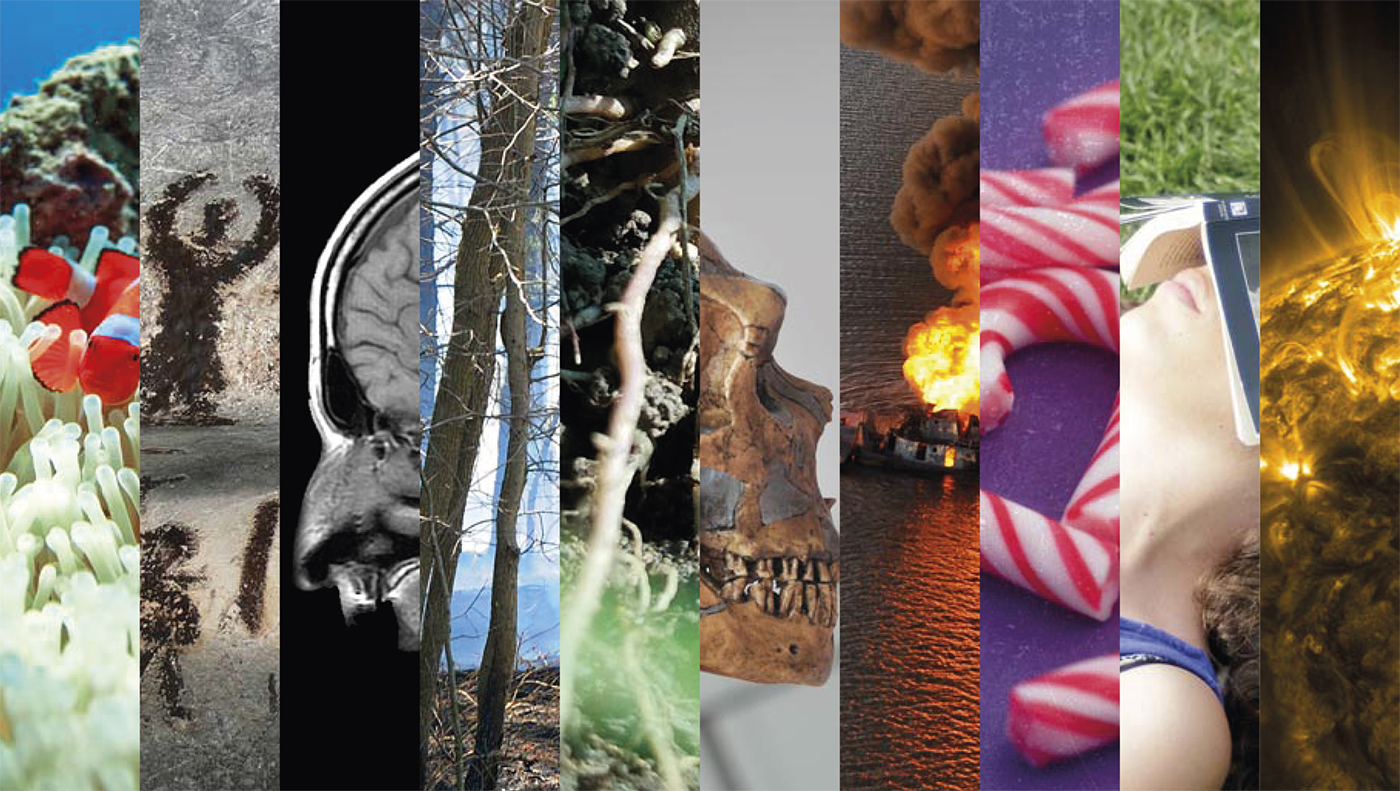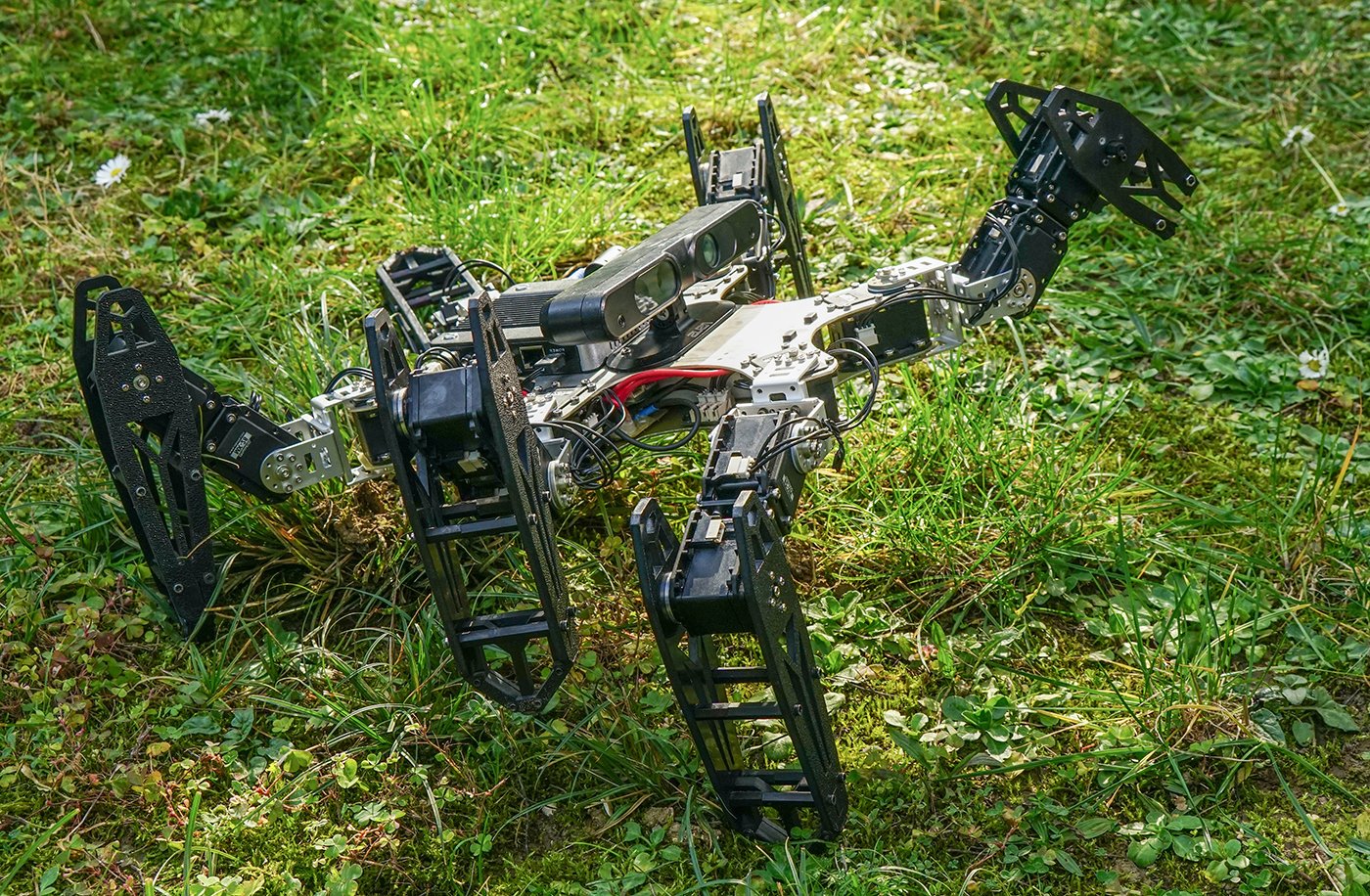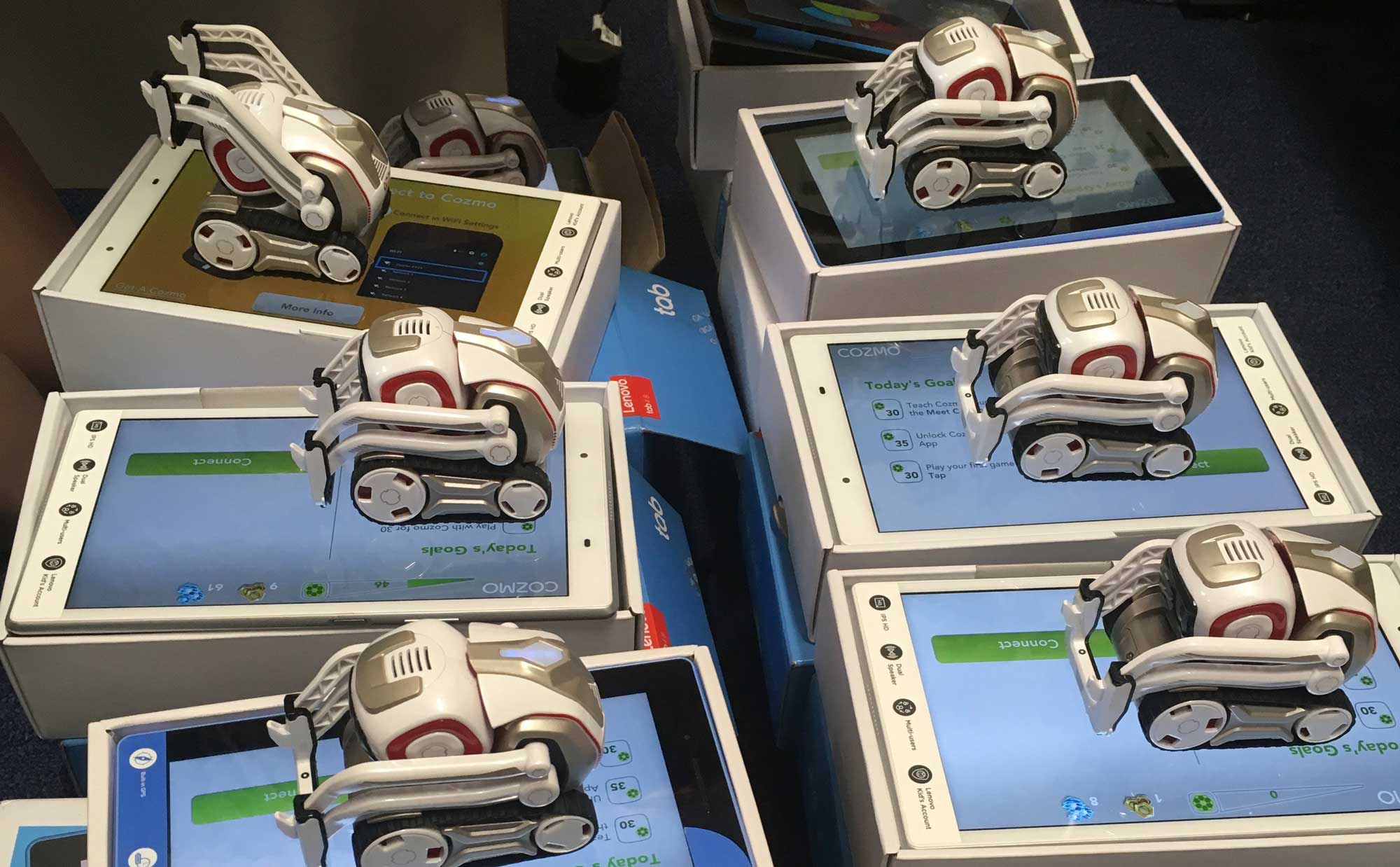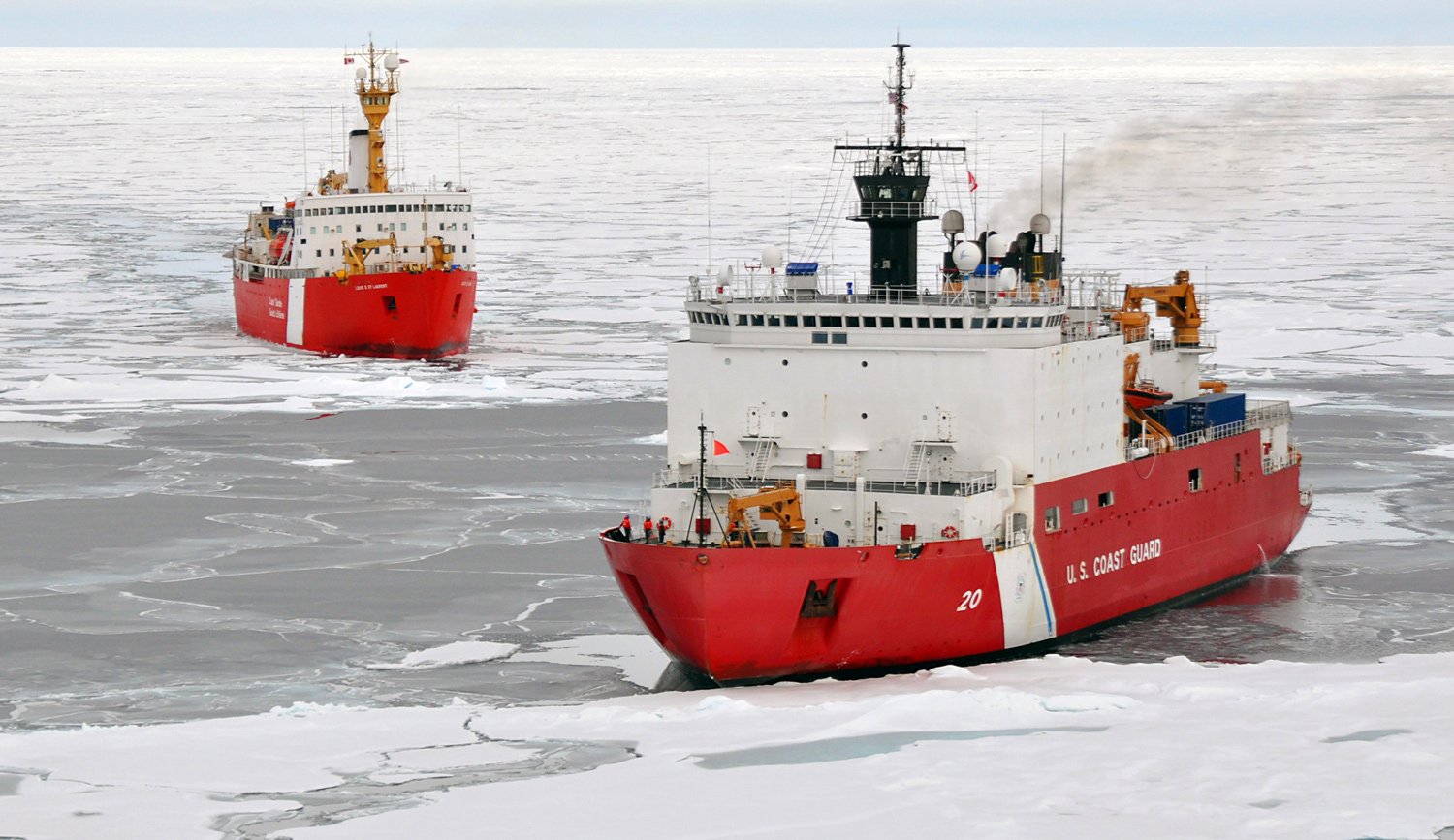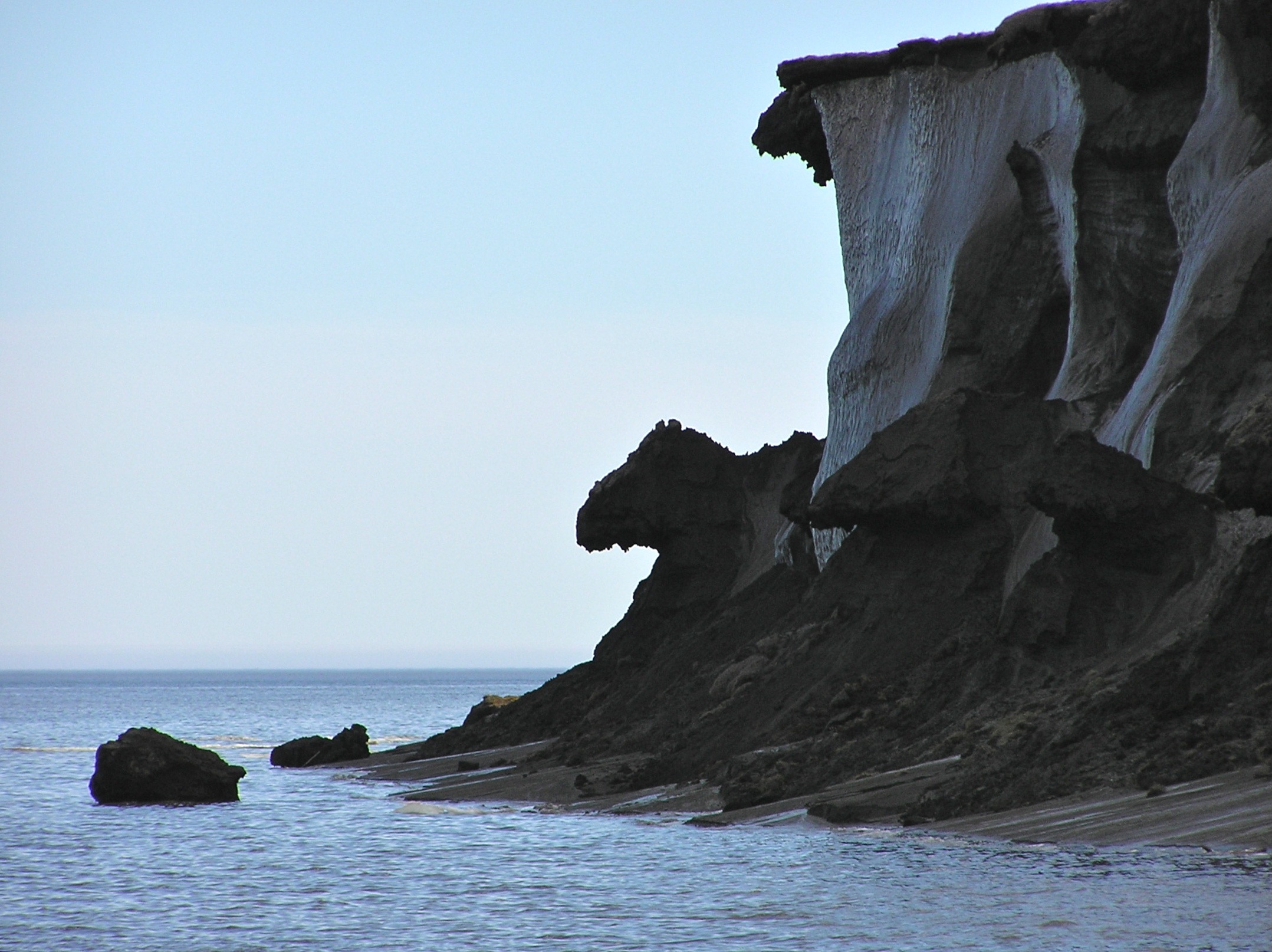Our top 10 science facts from 2018
By Jack Cowls From arsenic candies to underground winter forest fires, Horizon uncovered some fascinating facts while researching our articles. Here are our ten favourites from 2018. 1. Sleep-deprived brains may be asleep and awake at the same time. 2. Sea anemone sting cells accelerate faster than bullets. 3. Prehistoric caves were chosen for their echoes. 4. The outermost part of the … Read more

